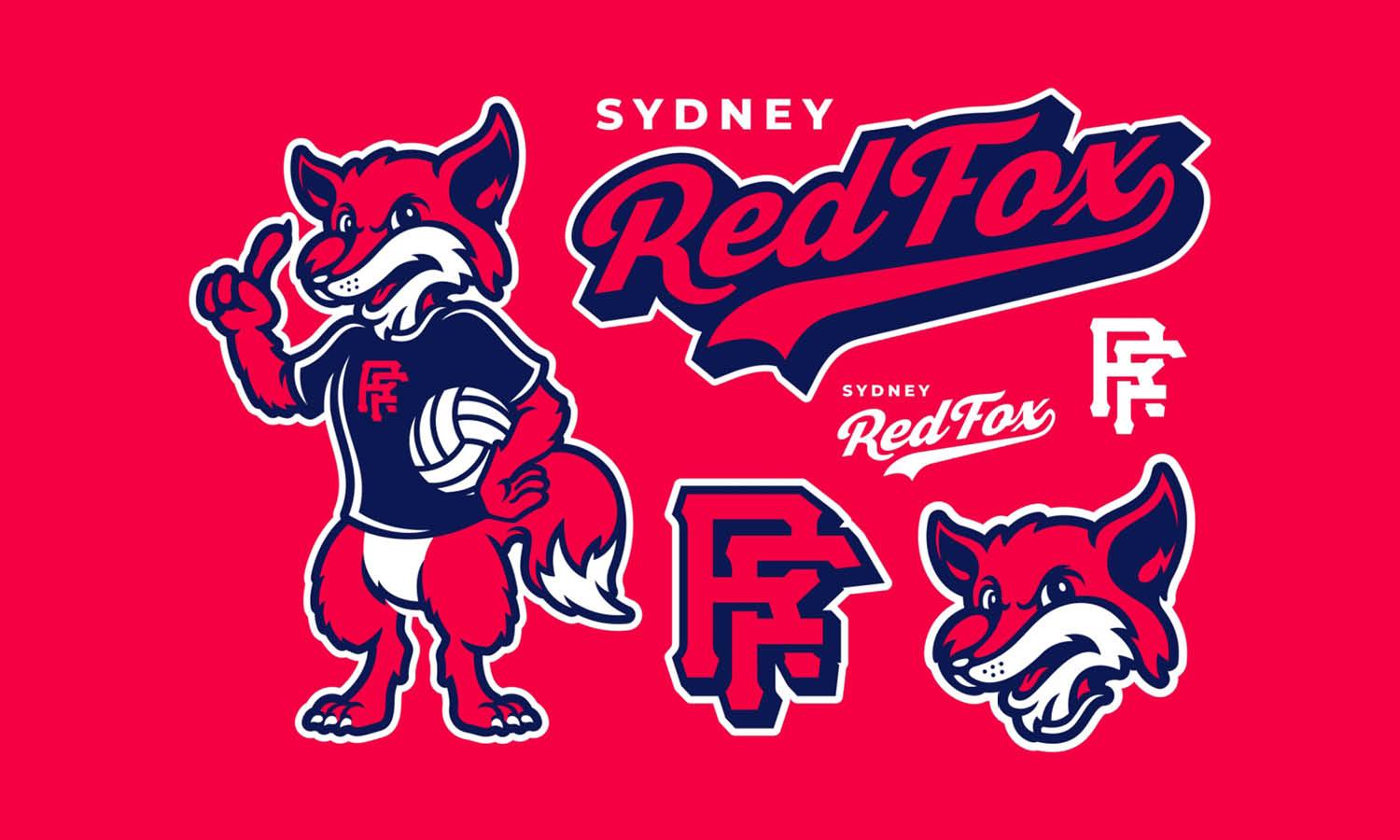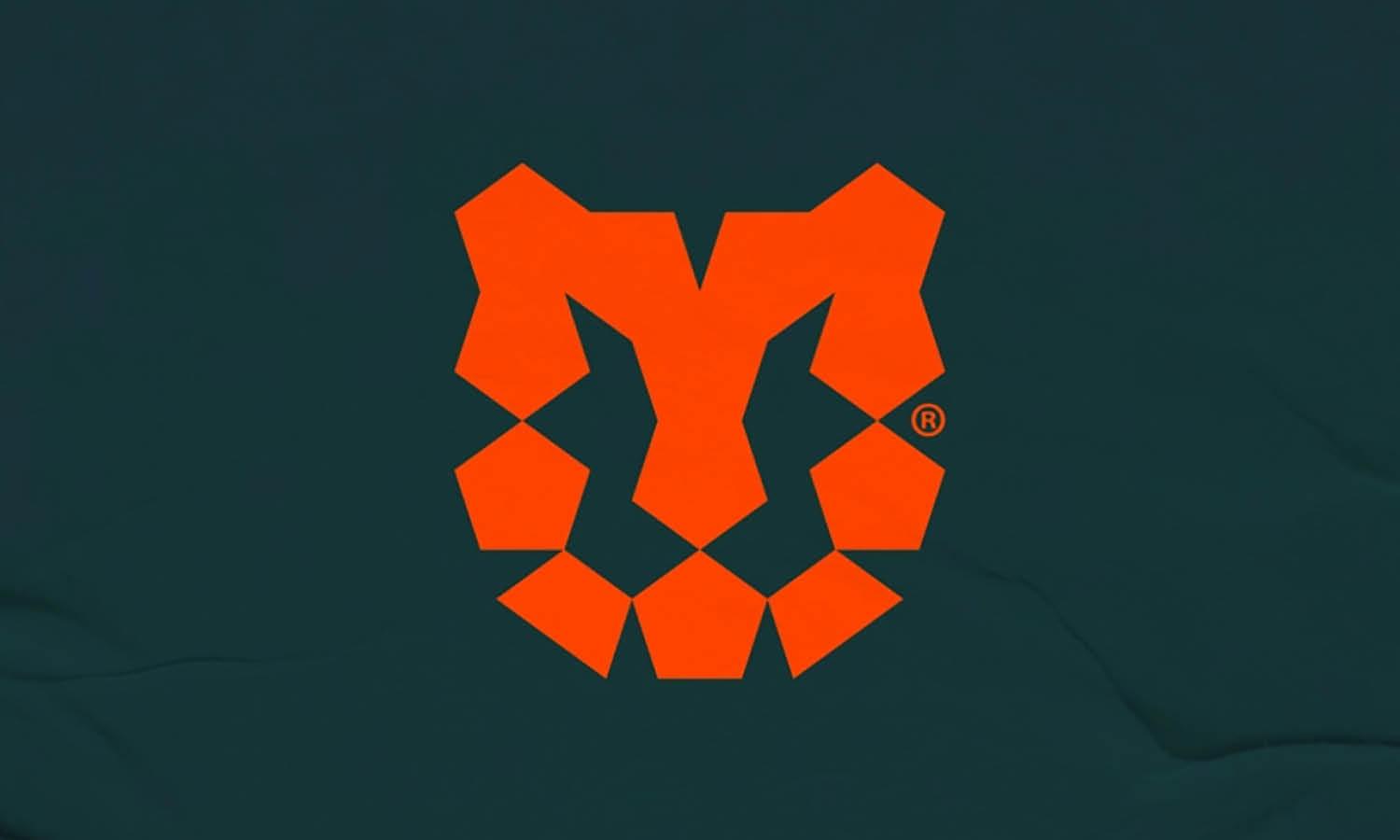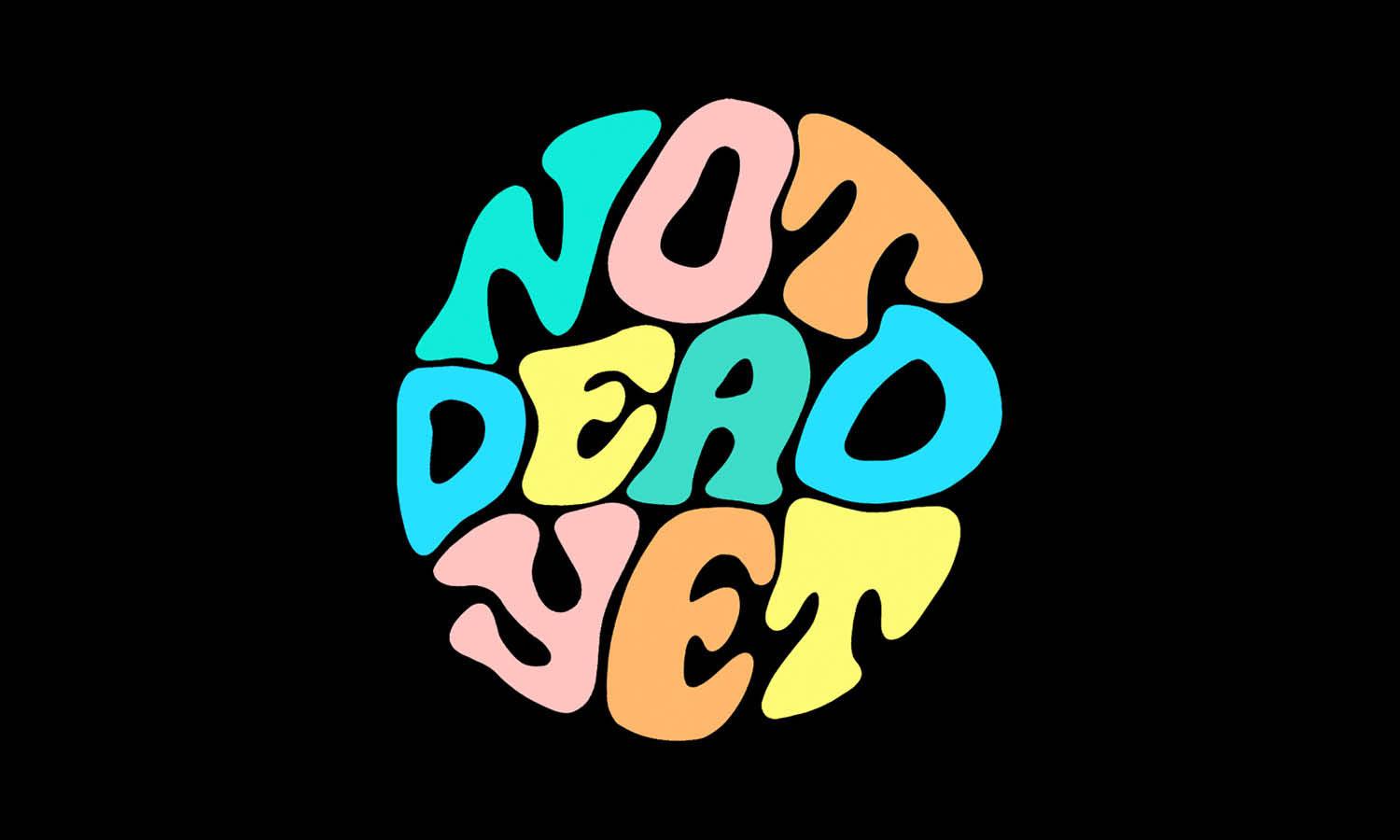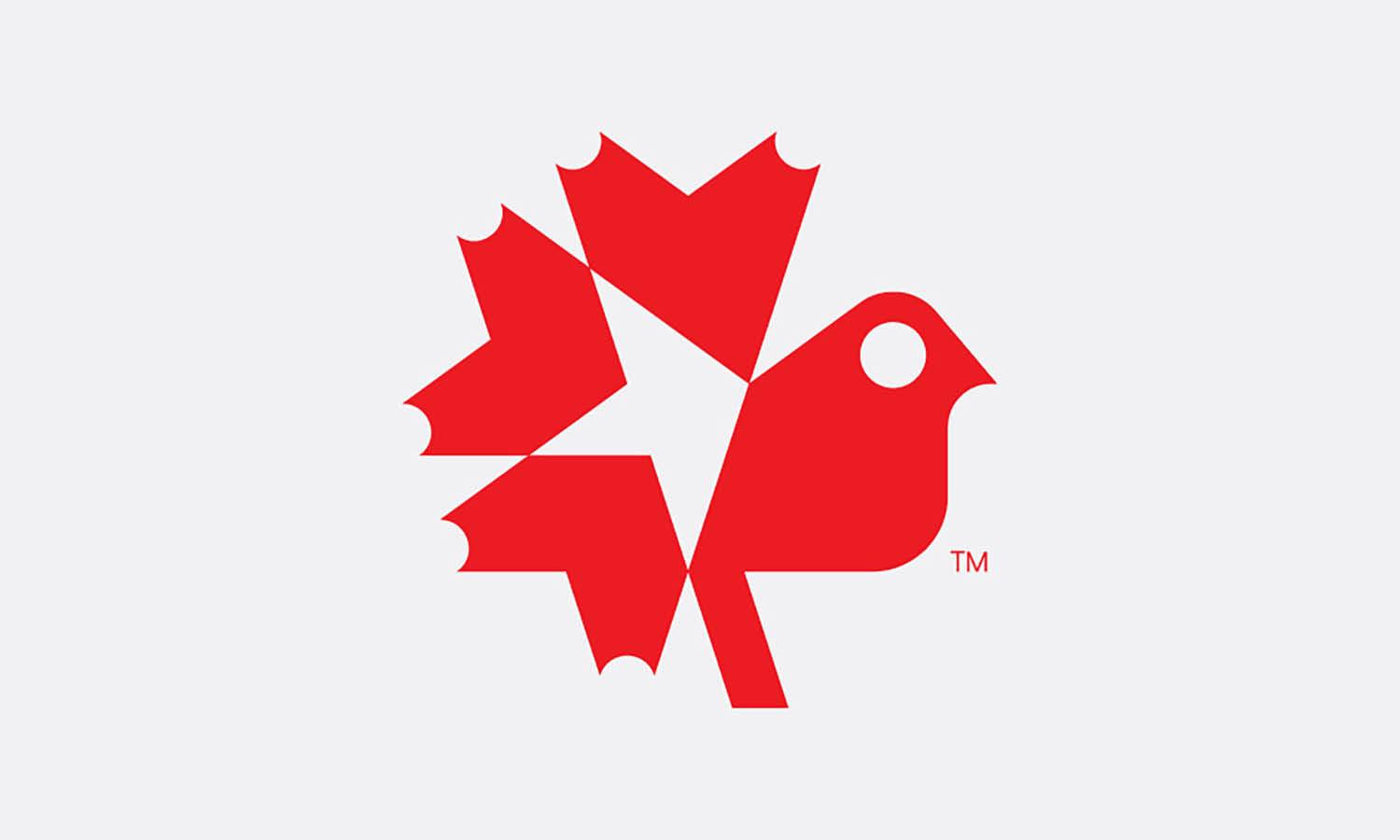Article: 10 Tips To Create A Good Minimalist Logo Design
10 Tips To Create A Good Minimalist Logo Design

Created by Daniel Panteli -
Working with logo design might be one of the trickiest jobs ever. The small-sized insignia or emblem bore a bigger meaning in it, which means the development needed more than just a random picture. With that idea, it used to have quite intricate details and elements. However, as time goes by, the sense of minimalist style has started to get love.
The idea of the minimal comes as a great solution for a modern logo model. The lack of complex and cramming elements makes one emblem look easier to remember. In this case, knowing how to create a minimalist logo design becomes part of the job. You gotta start from the bottom and finally present the outcome with great pride.
1. Find Minimalist Logo References
If you are new to the minimalist concept, the best way to make yourself acquainted with the idea is by references. Take this part as your brainstorming and exploring part. You will see that the minimalist concept does not restrict many ideas. The small mindset of going less makes designers work way more creatively and straightforward.
The idea itself is not far from the fact that human attention spans are shorter than before. It means that the new generation prefers a simplistic design rather than a more complex detail. It helped the creation of a minimalist logo style spreading like wildfire. Almost every industry tries to implement the logo idea with their version.
Does it work? Yes! You can see how the references of minimalist logo design are ranging from one industry to another. It comes from the fashion sector to the more complicated nature and oil company. It shows that the design coverage for the logo itself is very vast. It comes in different shapes, colors, details, and meanings.
At some point, you can also find that the minimalist style has reached every logo design type. You can see several companies come with letter marks, wordmarks, pictorial marks, or abstract marks to accentuate minimalist style. It avoids cramming many elements, which helps to state the focal point of the design itself.
Not only that, you can even find the famous style invading the mascot style. To make minimalist logo ideas, the designer draws the mascot with minimal elements. It can be in less color, lines, and details. Not only that, you can even find emblems or the combination mark that come with a minimalist design. It makes the logo world get more varied.
In this stage, what you need to do is to learn and get inspired. You got online sharing media that show an array of fantastic minimalist concepts. Learn how they can create meaning through simplicity. How do they use an image, line, minimal typeface, etc., to make such a minimalist logo design? From this point, you can easily venture and cope with your client's request.

Created by Bumble Design
2. Ask Your Client About The Design Requirement
As you know some of the basics, inspiration, and models, it will help you learn about the clients' design requirements. During this time, your job is to learn about what kind of expectation that your client wants. If you have a client that comes with basic ideas, it is a good point. However, if you got a clueless one, you got to be the one with ideas.
When you are talking and conversing with your client about the logo design, it is better to come with a random list. Sometimes, inspiration and ideas can come as you talk with your respected customer. They might have new ideas about the minimalist style, logo element, details, or concept. So, be sure to learn how to accept some thoughts.
Using your list and creating the final checklist will be one of your weapons to reach their expectation. Make sure you can help the client with your minimalist logo design ideas. Maybe propose some professional details that help create a better concept. Show them the basics of the minimalist style; thus, your design progress is very clear.
Since you are just in the second step, the purpose is not merely to guide your job. All you need to do during this design project step is to define the direction. Where, what, and who does the client want to make the logo for? What kind of expectations do they expect? Starting from that, you can continue to make more detailed design notions using design briefs.

Created by Erik Herrström
3. Clearly Understand The Design Brief
Your design brief is the key to reaching the client's expectations and outcome. It is also a guideline that helps you work on every detail of your logo design. Thus, never underestimate the role of briefs in your project. It is even more important since you are working with a brand emblem, identifier, and face. In other words, you need to ensure everything goes the right way.
So, why is it important to understand the design brief? Most minimalist logo design projects will come with their elements and details. Since the brief contains almost all of the fundamental information for your project ground, you will need to understand it fully. It also includes the 5W1H questions you need to answer for your project.
So, the brief will answer some of the questions about the minimalist concept and the logo product itself. Who is the target audience? What kind of product or brand is it? When do you need to finish the logo design? Where will the logo be used or applied? Why do the clients need certain details or emphasis? And How do you want to make it?
All of that information is written and answered in brief. At some point, the data include some other specifics such as brand identity, characteristics, goals, and visions. Learning all of them will help your brainstorming and sketching stage. After all, you can see the best logo element, typeface, copy, or color that you need to use.
Other than the design specifics, your client brief will show the projected deal. It will show you how much budget and expectation that the client gives you. It even tells you the deadline and the milestone to reach during the creation of a minimalist project. The logo brief might also come with the does and don'ts that you need for the developing time.

Created by Meteora Agency
4. Find Suitable Minimalist Logo Elements
Regardless of your logo style or type pick, you will need to consider the best element. What kind of elements? You got at least four essentials for the logo design. You got symbols (represent graphically), typography, layout, and color. Combining them to make a clear, direct, and clean product is the key point of minimalist design.
One of the must-have elements in a logo is symbols. You can add symbols in the form of geometric shapes, lines, squiggles, or retro styles. So, which one should you use? It goes back to the client's expectations, needs, and product. How about simple typography without any symbols or shapes? It is okay because your typography will turn into a letterform that represents symbols.
In other words, you will need something that will represent the product or brand. Symbols are the easiest way to use. You can create line art to create a multi-layer meaning. The artistic use of hidden meaning, creative concept, and the use of line fit perfectly for minimalist logo design visual aesthetic. Not only that, it is simply more captivating to look at.
Sometimes, designers can also use squiggles to avoid the boring straight horizontal or vertical line. In this case, a simple lining that creates imagery will make a stylish and edgy styling in your project. With some color and font, it can turn into a decent minimalist design. How about geometric shapes? Yes, you can use many ideas, including fundamental ones.
Remember that going with the flow and following the product impression is the key. It also works to consider the industry as well as the target audience. So, you can use shapes that appeal or hit the perfect minimalist logo imagery. As an example, a circle symbolizes harmony, and a triangle has more dynamics in it. Take a look at these few design templates to get some more inspiration.

Created by Twinbrush Image Forge

Created by Vanzyst

Created by Marietta.co
5. Get Yourself A Perfect Minimalist Typeface
How about typeface? A typeface-based minimalist logo design is not a new thing. You can see Nike, Google, or Adidas, working with just a logotype. In this case, you need to consider less is more. A minimalist concept will need a clean and understated typeface, in other words, not a typeface that you use for a fancy party.
The idea of understated font is to elevate readability and recognizability. Of course, you can use a more fancy design, but ensure your audience can read and understand your artistic work. In this case, the best way to do this is to pick a font that reflects your logo's audience's taste. If they are young, choose one that is simple yet fun.
At the same time, don't forget about the size and mediums. Legibility or readability is the primary concern. Thus, many companies use the idea of using Sans Serif fonts. You can do the same for the minimalist concept using the sans serif families. However, this law is breakable. You can experiment and try new ideas, just like some of these uniquely minimalist typefaces.

Created by LogoBuy

Created by Ellen Luff

Created by Greg Nicholls
6. Play Around With Typography
Not fond of the simple font? You can always play around with typography. Look at how many logotype designs come with innovative typography. They put the text horizontally to fit the brand impression. Some might add some flair or details to fit the image. It also works with a minimalist concept. You might have a limited type of suitable font, but you can always alter it.
All you need is creativity and ideas. Combining a simple graphic or symbol that fits the typography can be your killer minimalist move. As an example, a minimalist logo design read as Jazz. The designer uses lowercase sans serif and changes the J letter with saxophone. It works since the shape of the J and the saxophone is similar. People can also easily read and recognize it.
How about playing with classic script typography? Some minimalist designers that can work with lettering tend to use this tactic. It simply uses a logotype with unique lettering. However, the logo design works the best since it has minimal color and elements. It is also fun to edit some prime font and make it unique to create a memorable brand identity.

Created by cossette id
7. Create Balance Between Text & Graphic
One of the essential aspects of minimalism is a balance between text and graphics. In this case, you can either choose to use both or one of them. Your option should refer back to the brand and the product. If a symbol or graphic logo is enough, so be it. If you think it better to add text to it, then you do it.
In many cases, a logotype tends to have a lack of graphics or symbols. The minimalist logo design can look complete as it is since people can read and know the brand. However, if you are using random elements such as lines, shapes, or mascots, try to include text around it. You can take the example of Pepsi.
The soft drink has its iconic sign made of simple circle and color. It can stand by itself since the majority of customers already know the symbol. But to reach a bigger audience and give clearer information, they add text in the form of the logotype. The balance of symbol and text make the design complete. It is recognizable to everyone and successfully delivers the message.

Created by Brain&Bros DZ
8. Create A Responsive Version Of The Logo
The idea of adding text for symbols is not far from the importance of a responsive version. It is a new term that refers to a shape-shifting logo design feature. In other words, the minimalist sign can appear in different versions. It might change in size, orientation, complexity, or color to help adopt or accommodate the usage.
The thing is that the client might have to use the minimalist design sign in different mediums. Some fashion industries use their sign on the product packaging, shopping bag, banner, or small hangtag. Having a logo design with a minimalist concept helps accommodate the detail in smaller mediums, orientations, and models.
However, the responsive model is not only about size. Some products might also have different versions of logo designs. Kodak film is one of the best examples. In a bigger medium, the symbol appears complete. It has the iconic triangle red symbol, the Kodak typeface, and Film copy. As it gets smaller, some elements are gone.
The Kodak logo design eliminates the FILM text to accommodate the symbol, name, and small details. On the other version, it only has the symbol and Kodak typeface. And at the smallest version, Kodak only has its iconic symbol in it. It is one of the perfect implementations of minimalist style with responsive versions.
Why is it important? One of the answers is the wide range of mediums. Modern technology forces industries and companies to have an identity in every possible way. Minimalist logo design with responsive models can fit in print, digital, or any kind of advertising. Thus, make sure you include this idea in your project.

Created by Graphéine
9. Use Minimal Color
One of the keys to minimalist design is color. The best possible option is one to three colors at max. It not only helps create focus but also makes your sign less distracting. However, you are free to choose any color. The majority of people see minimalist designs come with monochrome, white, or muted tones. No, you can always use others as long as it fits with the product.

Created by Serena Studio
10. Present It To Your Client By Using Minimalist Logo Mockups
As you reach this stage, that means you are finishing the logo design project. In this case, it is best to present your work with the help of a mockup. Why so? Materializing the project can take more time and cost, which might also come with failures. Rather than forcing yourself to make it and spend more of your time, mockups will help envision the ideas.
Mockups come in varying templates and products. Since you are going to present the minimalist logo design, choose the template that fits with the product items or details. The most basic one is the paper and envelope. But some other mockups templates come in product packages or items. Look further if you are looking for more ideas for the mockup.

Created by Asylab

Created by Asylab

Created by Ceacle Mockup
Conclusion
Even though it's a long progress, it is safe to say that working with the minimalist concept is not a breeze of wind. The logo should convey the brand and business. It also needs to capture the target's attention with its visual appearance. All in all, it needs more attention to follow. Thus, learn and do every step carefully to nail the design project.
















Leave a Comment